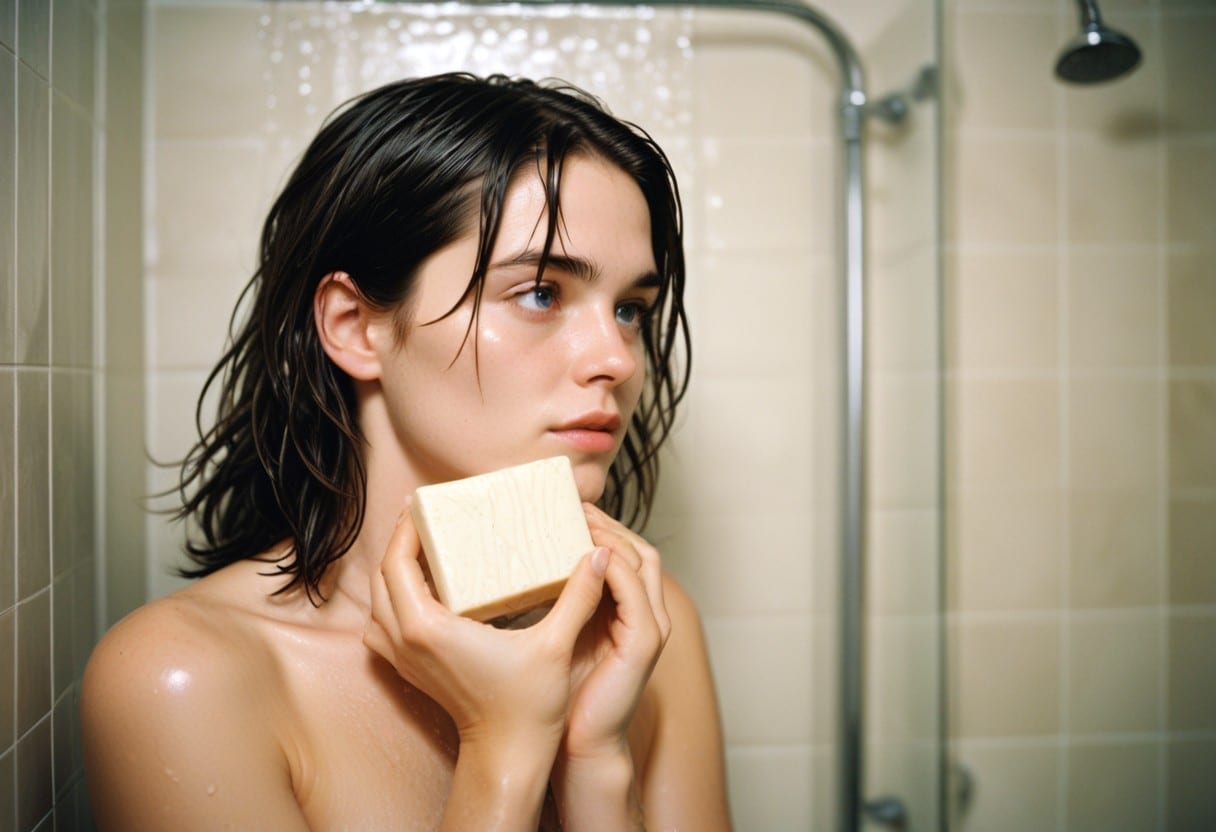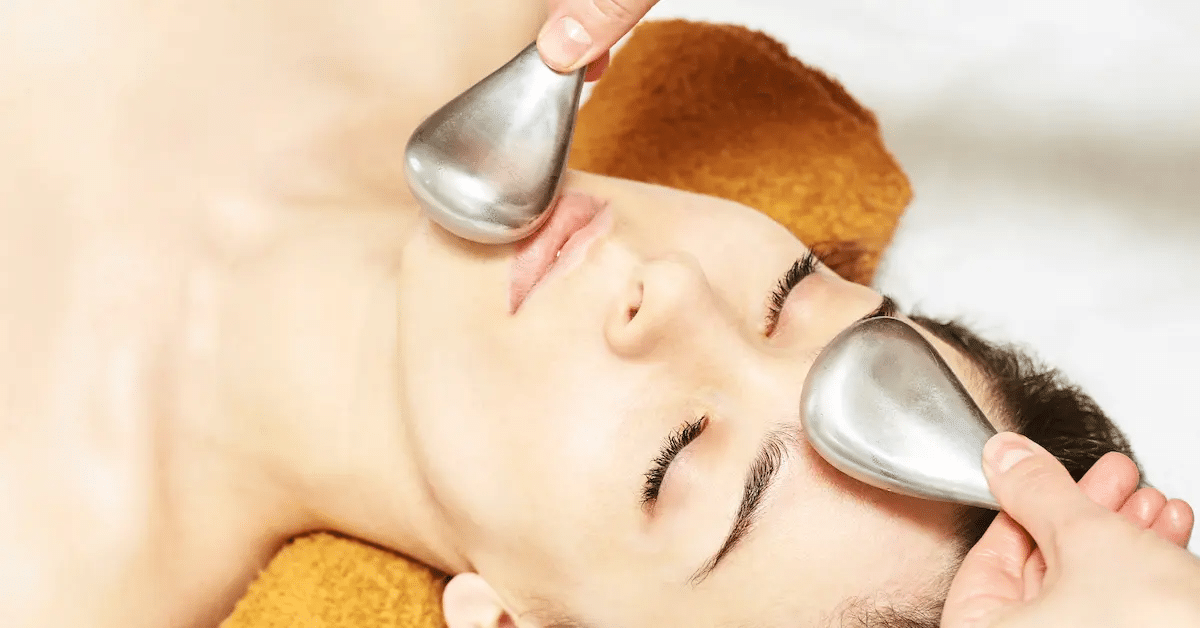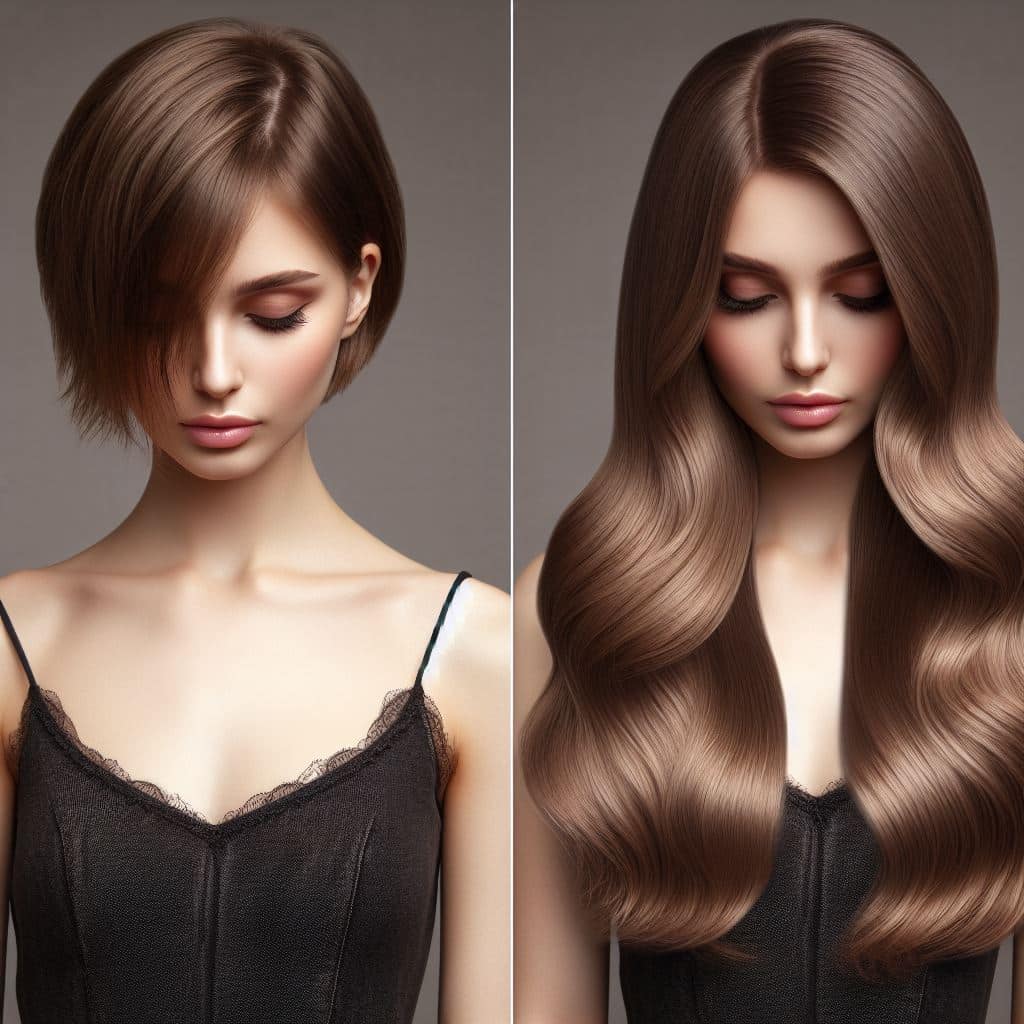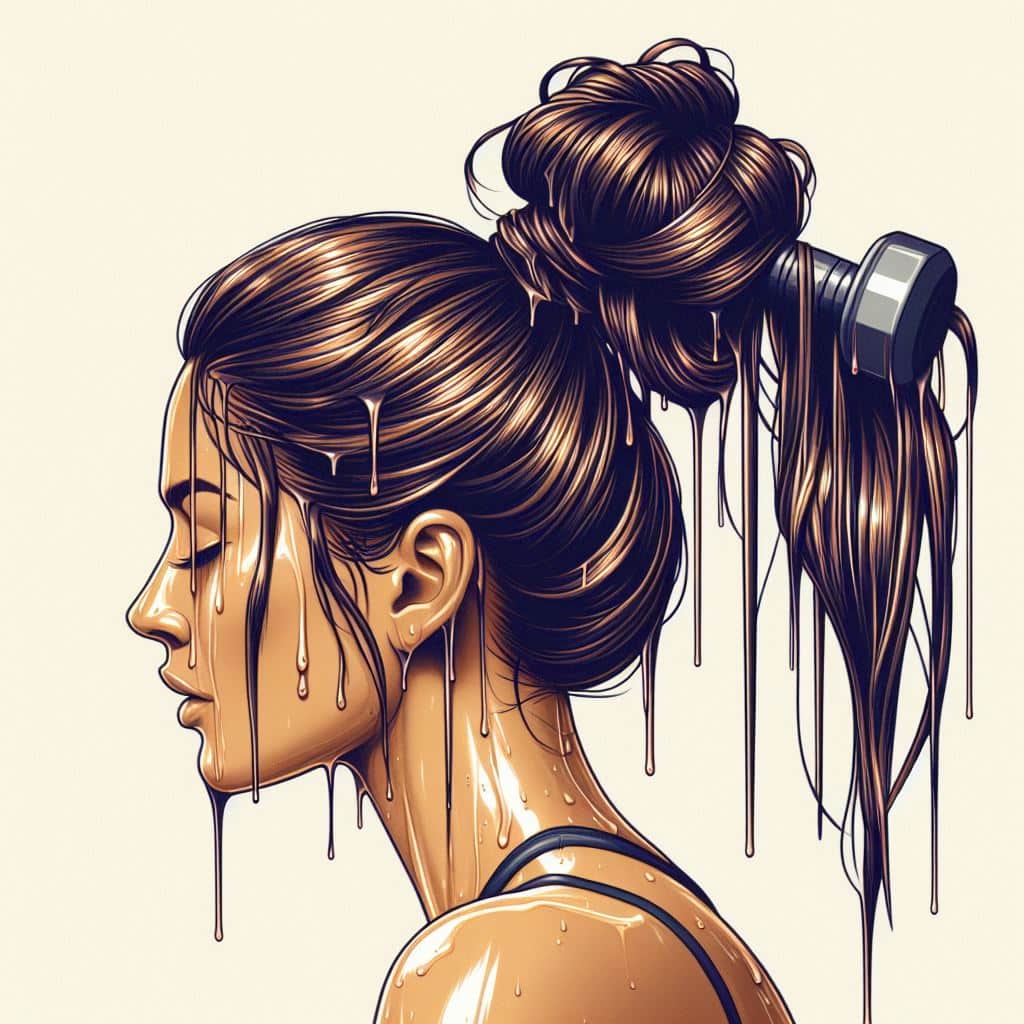In the constantly changing world of hair care, new trends and products are always emerging. One such trend that has caught attention is the use of bar soap for washing hair. Traditionally, people have relied on liquid shampoos for hair cleansing, but with the rise of sustainability and eco-consciousness, many are turning to alternatives like bar soap. This raises the question: is it possible to wash your hair with bar soap? Is it secure to use? What are its pros and cons? In this guide, we will thoroughly answer all your questions. Continue reading this exhaustive guide about using bar soap on hair.

The Evolution of Hair Washing Methods
Various cultures have historically used natural ingredients like herbs and oils to cleanse their hair. However, the modern concept of shampoo as a liquid detergent for hair only became popular in the early 20th century. Since then, the market has been flooded with many shampoos catering to different hair types and concerns.
The Rise of Alternative Hair Care Products
Over the past few years, the environmental implications of conventional hair care solutions, especially liquid shampoos, have become increasingly worrisome. This has sparked a surge in the demand for alternative hair-cleaning items, such as shampoo bars.
Exploring the Feasibility of Bar Soap for Hair Washing
While bar soap is primarily designed for cleansing the skin, some believe it can also effectively wash hair. Proponents of this method argue that bar soap is more eco-friendly due to its reduced packaging and water content compared to liquid shampoos. Additionally, bar soaps often contain natural ingredients that can benefit the hair and scalp.
Understanding Bar Soap and Hair Washing
Bar soap is a solid cleaning substance usually crafted from a blend of fats or oils, water, and an alkali like sodium hydroxide. These components participate in a chemical process called saponification, resulting in the creation of soap.
Typical Ingredients of Bar Soap
The constituents of bar soap can differ based on the producer and the particular recipe. Nonetheless, typical ingredients encountered in bar soaps encompass:
- Fats or oils: These are the main components of bar soap and are responsible for its cleansing properties. Common fats and oils used in bar soap include coconut, olive, and palm.
- Water: Water is used to dissolve the alkali and create a lather.
- Alkali: An alkali, such as sodium hydroxide (lye), is used to saponify the fats or oils and create soap.
Overview of Common Hair Washing Agents
Traditional liquid shampoos contain a combination of surfactants, conditioning agents, and other ingredients. Surfactants cleanse the hair by removing dirt, oil, and other impurities, while conditioning agents improve the hair’s manageability and appearance.
Suitability of Bar Soap for Hair Washing
Bar soap is primarily designed to cleanse the skin and may not be the most suitable option for washing hair. The pH level of bar soap is typically higher than that of the scalp, which can lead to dryness, irritation, and damage to the hair and scalp’s natural oils.
Additionally, bar soap may leave a residue on the hair, making it feel sticky or weighed down. This residue can also attract dirt and impurities, leading to build-up.

Can Soap Be Used as Shampoo?
Whether bar soap can effectively replace shampoo is a debate among hair care enthusiasts. While bar soap and shampoo both serve the purpose of cleansing the hair, they have some essential differences that may affect their suitability for use as shampoo.
Comparison of Bar Soap and Shampoo
- Cleansing Efficacy: Shampoos are specifically formulated to cleanse the hair and scalp, removing dirt, oil, and other impurities without stripping away natural oils. On the other hand, bar soap is designed for cleansing the skin and may be too harsh for use on the hair, leading to dryness and irritation.
- Hair Health Benefits: Shampoos often contain vitamins, minerals, and botanical extracts that benefit the hair and scalp. Bar soap may provide different hair health benefits than shampoo.
- pH Level: The pH level of bar soap is typically higher than that of the scalp, which can disrupt the natural balance of oils on the scalp and lead to issues such as dryness and irritation.
Advantages and Disadvantages of Washing Hair with Bar Soap
Using bar soap to wash hair has advantages and disadvantages. While some may find it convenient and cost-effective, others may experience issues such as residue buildup and scalp irritation.
Advantages of Using Bar Soap for Hair Washing
- Affordability: Bar soap is often more affordable than traditional liquid shampoos, making it a budget-friendly option for many.
- Simplicity: Bar soap is user-friendly and can streamline your hair care regimen, doing away with the necessity for various hair care items.
- Eco-Friendly: Bar soap typically has less packaging waste than liquid shampoos, making it more environmentally friendly.
Disadvantages and Potential Drawbacks
- Residue Buildup: Bar soap may leave a residue on the hair, leading to a sticky or weighed-down feeling. This residue can also attract dirt and impurities, leading to buildup over time.
- Scalp Irritation: The pH level of bar soap is often higher than that of the scalp, which can lead to dryness, irritation, and damage to the hair and scalp’s natural oils.
- Lack of Hair Health Benefits: Bar soap may provide different hair health benefits than shampoo, as it does not typically contain ingredients specifically beneficial for the hair and scalp.
Real-World Experiences and Testimonials
Julie’s Experience of Using Bar Soap on Hair
Julie’s Experience with using bar soap on her hair has been positive. She found that bar soap worked better for her hair than traditional shampoo, making her hair look cleaner and shinier. Despite the initial skepticism, Julie has converted to using bar soap, appreciating its effectiveness and the eco-friendly aspect of reducing plastic waste. Julie’s switch from traditional shampoo to bar soap has been a slight compromise with excellent results.
Tori’s story of using Bar Soap on Hair
Tori’s Experience using Dial glycerin-based soap as a shampoo alternative was unexpectedly positive. Despite initial skepticism, the soap created a rich lather that effortlessly cleansed her hair without stripping it of oils. Her curls remained defined and frizz-free throughout styling, showcasing the soap’s effectiveness. With a budget-friendly price tag, Dial glycerin-based soap has become Tori’s go-to hair care product, offering a thrifty yet effective solution for clean and healthy hair.

Impact on Hair and Scalp Health
Using bar soap to wash hair can affect hair texture, moisture balance, and scalp condition. While some individuals may find it suitable, others may experience issues such as dryness, irritation, and damage to the hair and scalp.
Effects of Bar Soap on Hair Texture
Bar soap can have a different effect on hair texture depending on the individual’s hair type and the specific formula of the soap. Some people may find that bar soap leaves their hair feeling clean and manageable, while others may experience dryness or a sticky residue.
Effects on Moisture Balance
One of the main concerns with using bar soap for hair washing is its potential to disrupt the natural moisture balance of the hair and scalp. The pH level of bar soap is typically higher than that of the scalp, which can lead to dryness and irritation. This could be particularly irritating for people whose scalps are dry or sensitive.
Effects on Scalp Condition
The health of the scalp may also be impacted by bar soap. After using bar soap, some people may notice flakiness or discomfort on their scalp, especially if they have sensitive skin. Additionally, the residue left by bar soap on the scalp can attract dirt and impurities, leading to buildup over time.
Potential Long-Term Consequences
Using bar soap regularly for hair washing can have long-term consequences for hair and scalp health. Continued use of bar soap with a high pH level can lead to dryness, damage to the hair cuticle, and increased susceptibility to breakage. It can also disrupt the natural oils produced by the scalp, leading to dandruff and scalp irritation.
Insights from Dermatologists and Hair Care Experts
Dermatologists and hair care experts generally advise against using bar soap as a replacement for shampoo. They underscore the significance of utilizing products that are specifically concocted for hair care. These products are engineered to cleanse the hair efficiently while preserving its health and aesthetics.
Tips for Using Bar Soap to Wash Hair
If you decide to use bar soap to wash your hair, follow these tips to minimize potential damage and maximize cleansing efficacy:
- Choose the Right Bar Soap: Opt for a mild bar soap that’s designed for sensitive skin. Steer clear of bar soaps with harsh constituents or elevated pH levels, which can result in dryness and discomfort.
- Wet Your Hair Thoroughly: Prior to applying the bar soap, drench your hair completely with warm water. This aids in the lathering of the soap and its even distribution.
- Create a Lather: Rub the bar soap in your hands to create a foam, then apply this foam to your hair. Gently massage the foam into your scalp and hair, focusing on the parts that need the most cleansing.
- Rinse Thoroughly: Wash your hair exhaustively with warm water to eliminate all remnants of the soap. Repeat the rinsing procedure to ensure no residue remains.
- Use a Conditioner: Given that bar soap can desiccate the hair, think about using a conditioner post-washing to help replenish moisture and enhance manageability.
- Avoid Overuse: Use bar soap to wash your hair only when necessary, as frequent use can lead to dryness and damage. Consider alternating with a gentle shampoo to maintain hair health.
- Monitor Your Scalp: Monitor your scalp and hair’s response to the bar soap. If you notice any signs of irritation or dryness, stop using it and switch to a different cleansing method.
- Consider Your Hair Type: The optimal bar soap for you may hinge on your hair type. Experiment with diverse formulas to discover one that cleans effectively without inducing dryness or irritation.
By following these tips, you can effectively incorporate bar soap into your hair care routine and minimize any potential damage to your hair and scalp.
Alternative Hair Washing Solutions
If you’re looking for alternatives to bar soap for washing your hair, consider the following options:
- Shampoo Bars: Shampoo bars are solid bars that work similarly to liquid shampoo without plastic packaging. They are formulated with mild cleaning agents and nourishing components, making them suitable for a variety of hair types.
- Co-Washing: Co-washing, also known as conditioner washing, entails using a conditioner to clean the hair in lieu of shampoo. This method can help maintain moisture balance and is often recommended for curly or dry hair types.
- Dry Shampoo: Dry shampoo is available in spray or powder form and is crafted to soak up surplus oil from the scalp, rejuvenating the hair between washes. It can be a handy choice for hectic lifestyles or when water isn’t easily accessible.
- Apple Cider Vinegar Rinse: Apple cider vinegar can be watered down and utilized as a rinse post-shampooing to aid in clarifying the hair and scalp. It can be particularly advantageous for eliminating buildup and reinstating shine.
- Herbal Hair Rinse: Herbal hair rinses made from natural ingredients like herbs and flowers can help cleanse and condition the hair. They are gentle and can be customized based on your hair’s needs.
Comparison of Different Options
When choosing an alternative hair-washing solution, consider the following factors:
- Effectiveness: Some methods may be more effective at cleansing the hair and scalp.
- Convenience: Take into account how simple it is to apply the technique to your regular hair care regimen.
- Hair Type Compatibility: Certain methods may be more suitable for specific hair types, such as dry, oily, or curly.
Tips for Transitioning from Bar Soap
If you’re transitioning from using bar soap to an alternative hair-washing solution, consider the following tips:
- Gradual Transition: Use the alternative method once weekly and gradually increase frequency as your hair adjusts.
- Adjustment Period: Give your hair and scalp a period to acclimate to the new routine. It might necessitate a few washes to witness the complete advantages.
- Monitor Results: Keep an eye on how your hair and scalp react to the new routine and make modifications as required.
By exploring alternative hair-washing solutions and finding one that works best for your hair type and lifestyle, you can maintain healthy, clean hair without the potential drawbacks of using bar soap.

Addressing Common Concerns
Misconceptions and Myths
Myth: Bar soap is too harsh for hair and should not be used as a shampoo replacement.
Reality: While bar soap can be drying for some hair types, choosing a gentle formula and using it correctly can mitigate these effects.
Myth: Bar soap leaves residue on hair that is difficult to remove.
Reality: Proper rinsing techniques can effectively remove soap residue from hair.
Frequently Asked Questions (FAQs)
Q: Can I use regular bar soap to wash my hair?
A: The ideal bar soap to use is one that is mild and made for delicate skin. Regular bar soaps may contain harsh ingredients that can be drying for the hair and scalp.
Q: Will using bar soap make my hair dry and frizzy?
A: Bar soap can dry some hair types, mainly if used frequently. After washing, using a moisturising conditioner can help reduce frizz and dryness.
Q: How often should I wash my hair with bar soap?
A: How often you wash your hair will depend on both your personal choice and type of hair. Some people may find that washing every other day works well, while others may only need to wash once or twice a week.
Q: Can I use bar soap on colored or treated hair?
A: It’s generally safe to use bar soap on colored or treated hair, but it’s important to choose a gentle formula to avoid stripping the color or damaging the treatment.
Q: How do I prevent residue buildup when using bar soap?
A: Proper rinsing techniques can help prevent residue buildup. Rinse your hair well with warm water after washing it with bar soap.
Q: Can I use bar soap on my scalp if I have dandruff?
A: Bar soap may not be the best option for treating dandruff, as it can dry and exacerbate the condition. The best option is to use a shampoo designed especially for dandruff.
Q: Can I use bar soap as a substitute for shampoo?
A: While some people may find that bar soap works well for their hair, it’s essential to consider your hair type and scalp condition. Bar soap may not provide the same benefits as shampoo, so it’s best to use it as an occasional alternative rather than a permanent substitute.
Conclusion
While bar soap can technically be used to wash hair, there may be better choices for some. It may leave a residue that builds up and may irritate the hair and scalp. However, bar soap may be worth considering for those looking for a more natural and cost-effective alternative to traditional shampoos. Choosing a gentle, moisturizing bar soap and using it sparingly is essential to minimize any potential adverse effects on hair and scalp health.




